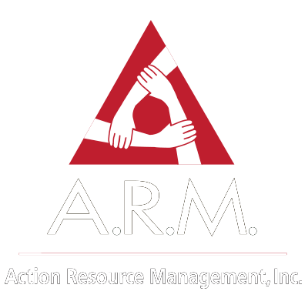 Safety Tips for Delivery Truck Drivers — Driving a delivery truck can be a rewarding job – for one, you’re on the move, so you don’t have to sit in an office all day. Many drivers appreciate their routes and the people they get to know along them, as well as being more outdoors than not. Many enjoy the physical aspect of the job – it’s like an all-day workout.
Safety Tips for Delivery Truck Drivers — Driving a delivery truck can be a rewarding job – for one, you’re on the move, so you don’t have to sit in an office all day. Many drivers appreciate their routes and the people they get to know along them, as well as being more outdoors than not. Many enjoy the physical aspect of the job – it’s like an all-day workout.
Responsibilities
As a delivery truck driver, you are responsible for the safety and quality of the items you deliver, for safely following the laws of the road, plus providing first-rate customer service. It’s not all sunshine and smooth roads, though – there are risks of the job. Delivery drivers need to be alert, cautious, and prepared for all manner of situation on the road. Keeping an eye out for drivers who may suddenly zip in front of you, potentially causing an accident, dealing with traffic, road construction and detours – it can be a pretty long list.
Safety tips for delivery truck drivers
Seatbelts are a must
This is a basic but crucial rule for any driver: always wear your seatbelt. Seatbelts can save lives, reduce injuries, and allow drivers to stay inside and control their vehicles in the event of a crash.
No cell phone while driving
Another basic but important rule – put your phone down. Texting, calling, or browsing on your phone is distracted driving, which takes your attention from the road and increases the chances of an accident. Keep in mind, it’s illegal for the driver of a commercial motor vehicle (CMV) to text while driving, and mobile phones must be hands-free and dialed using no more than one button.
Use safety signals
Signal and brake early so that other drivers see and understand your intent. When you have to pull off the road, use flashers, reflective triangles, and road flares (one or a combination of these) to alert approaching drivers.
Know your route
Always check for weather and road conditions, and potential detours before you start your shift. If you’ll be driving a new or different route, plan it out ahead of time. If you are not using a truck driver’s GPS, please know that non-commercial navigation systems and apps may not provide the necessary alerts of height and weight limitations, as well as other CMV restrictions.
S a f e t y T i p s f o r D e l i v e r y T r u c k D r i v e r s
 Use a truck drivers’ GPS
Use a truck drivers’ GPS
As mentioned, non-commercial GPS systems may not meet your needs in terms of CMV-specific information. The truck drivers’ GPS is made with CMVs in mind, by helping drivers avoid low bridges, narrow roads, weight restrictions, and other hazards.
Slow down
Stay at the speed limit when it is safe to do, keeping in mind that the larger size and weight of trucks can make acceleration, braking, and maneuverability a challenge. Stay aware of your surroundings at all times.
Night driving
Driving at night can impair your depth perception, color recognition, and peripheral vision. The glare of headlights from other vehicles can also temporarily blind you. You may have difficulty seeing road signs, pedestrians, animals, or obstacles in the dark. It is important that you use your headlights properly and adjust your speed accordingly.
Stay focused
Get enough rest; don’t drive when you’re over-tired, sick, or taking medications that make you drowsy or dizzy. Don’t let “hidden distractions” like eating, drinking, and using your GPS distract you from the road.
Vehicle maintenance
Always complete pre-trip safety inspections before setting out on your route — especially for brakes and tires. Make sure your load is secure and well-balanced to avoid a shifting load causing a rollover or loss of control.
Surroundings
While it might seem like a James Bond move, do pay attention to be sure that no vehicles are following you. Always park in safe, well-lit areas, and be alert to any dodgy people or activities. If you ever feel unsafe or threatened, call for help or drive away.
You can learn more about CMV safety on the US Department of Transportation’s FMCSA website.
Final thoughts
Being a delivery truck drivers can be a satisfying job, but it is important to consider the risks and safety requirements. Knowing and following the laws is one aspect, but so is being able to maintain a high level of alert for an entire work shift. Understand and follow your employer’s rules, and if you have questions, always ask. Stay safe out there!
Learn how A.R.M. can help your business succeed.

